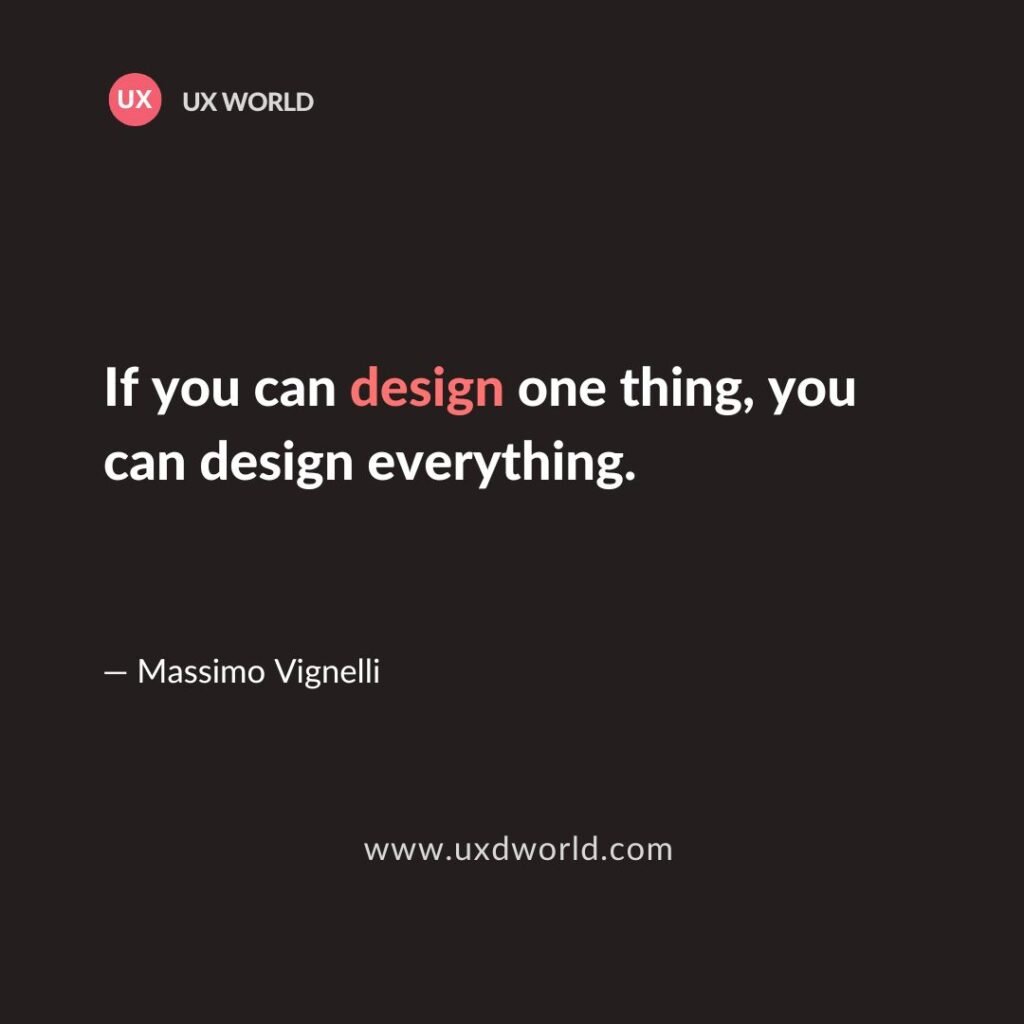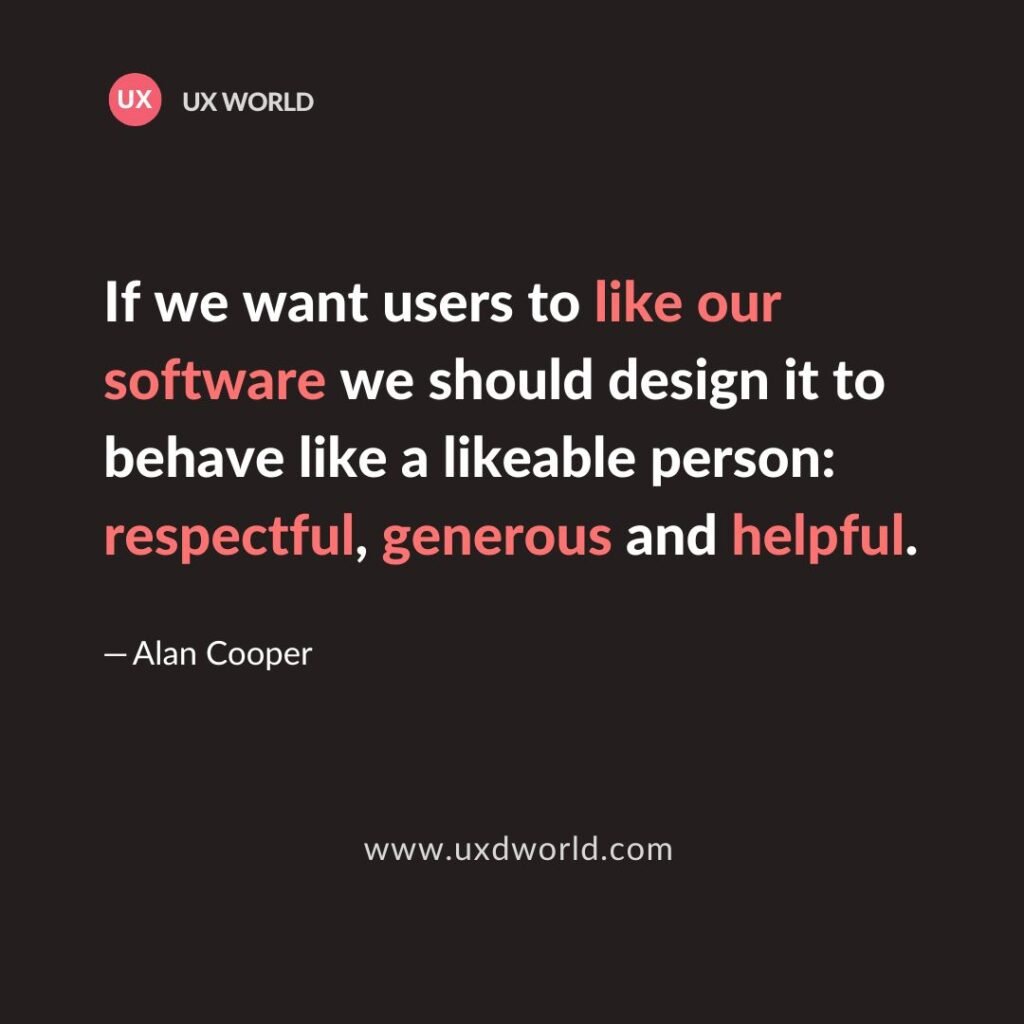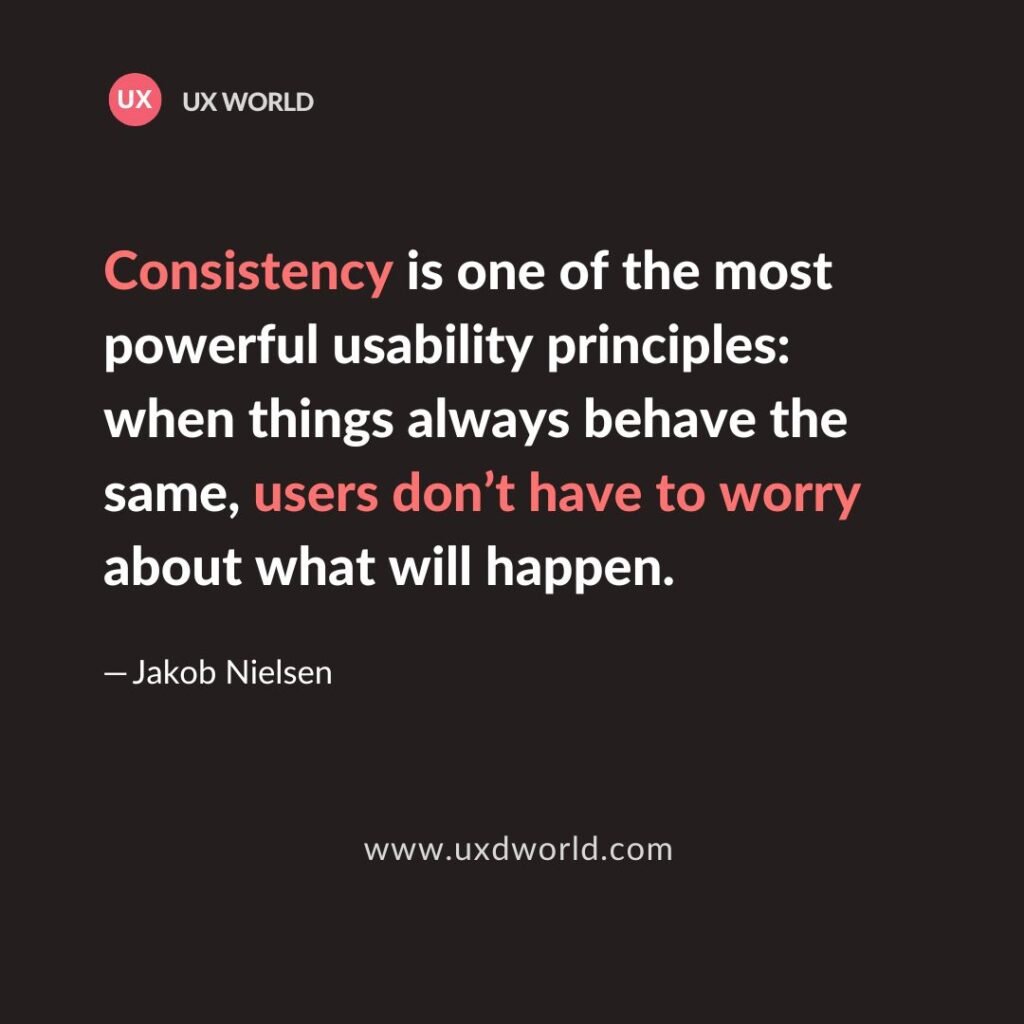Last Updated on February 24, 2025 by UX World
“If you can design one thing, you can design everything.” — Massimo Vignelli
That’s true.
When you are designing an experience, you are following a process. That process is the guideline for you to complete the design.
When you start designing, you understand the problem, work with your users to understand their needs, and start collecting ideas and sketching them on paper, board, or digital tools.
You get feedback from your users and then finalize your design. Thus, you follow a path from the concept to completion and create a beautiful design that provides the best experience to your user.
What did you learn from this exercise?
A lot of things!
How to dig deep into a problem?
How to work with your users?
How to put your ideas on paper?
How to communicate your ideas to the user and get their feedback?
How to draw sketches and edit them?
How to design experiences?
How to deliver the design to your user?
One more thing…
You know about the process you are going to follow to design a great experience.
This is all you need to design anything usable, efficient, and user-friendly for your user.
You may need to customize your process every time you are working on a new design, however, the standard process will remain the same.
You will learn new things from each design task. But you have now learned enough that you can easily work on designing everything you want.
You now have the skillset and attitude that is essential to design anything.
Learn UX Design
- Try Interaction Design Foundation (IxDF). IxDF offers online design courses that cover the entire spectrum of UX design, from foundational to advanced level. As a UX Design World reader, you get 25% off your first year of membership with the IxDF.
- The UI/UX Design Specialization from Coursera brings a design-centric approach to user interface and user experience design and offers practical, skill-based instruction centered around a visual communications perspective. By learning this Design Specialization, you can design high-impact user experiences for your customers.
Thanks for reading.
Subscribe for more related articles at UX World.
If you have any questions, contact us here: Facebook | YouTube | Instagram | Linkedin



